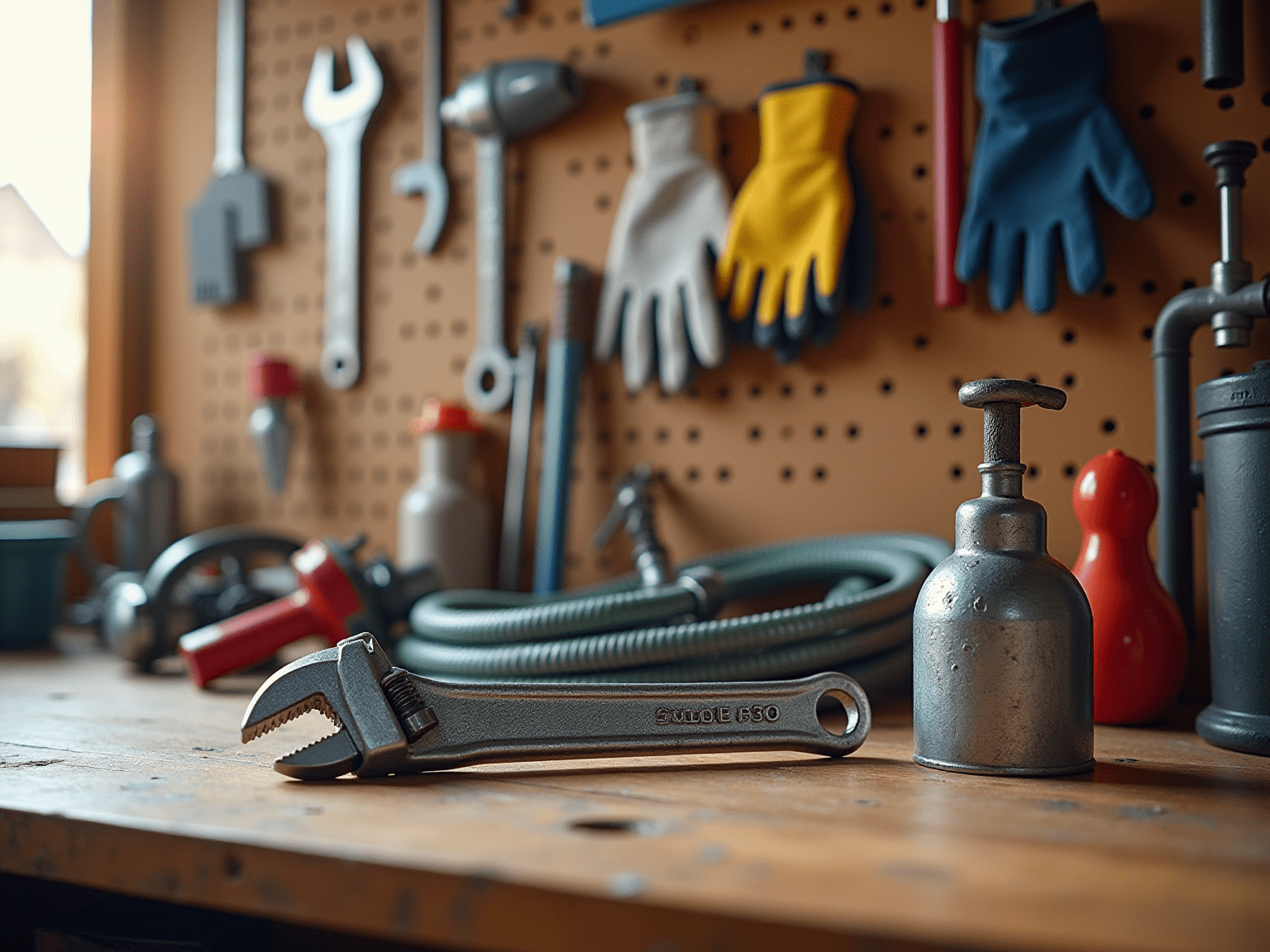Plumbing keeps our communities healthy, literally. It ensures clean water access and safe sanitation. Plumber license requirements exist to uphold these standards, but they vary significantly across states, so it can be complicated for professionals. If you’re starting your career or thinking about expanding your skills, you need to know your state's specific requirements. Let’s dive into the licenses, regulations, and strategies so you can stay compliant and competitive.
The Three-Tiered Licensing System
Most states use a tiered licensing structure to match plumbers’ expertise with advancing responsibilities:
Apprentice Plumber
Apprenticeships offer classroom learning and hands-on training under licensed professionals. In Maryland, for example, apprentices must log 7,500 supervised work hours alongside technical courses. These programs often take 4–5 years, ensuring trainees grasp both theory and practical skills.
 Journeyman Plumber
Journeyman Plumber
After apprenticeships, plumbers qualify for journeyman exams. Alaska requires 8,000 work hours (roughly four years) for licensure, while Alabama lets candidates test after just two years of apprenticeship. Passing these exams proves mastery of local codes and safety protocols.
Master Plumber
This top tier allows plumbers to supervise projects, hire teams, and pull permits. California demands four years as a journeyman plus a business law exam and a $10,000 bond. On the other hand, Maryland adds another two years of journeyman work and 3,750 hours of supervised training.

State-by-State Plumber License Requirements
Depending on the location, regulations can range from stringent to flexiblet:
High-Regulation States
California and Texas enforce rigorous pathways. In California, plumbers handling jobs over $500 need a contractor’s license requiring four years of experience and exams on codes and business practices. Texas mandates specialized endorsements for roles like medical gas installer, requiring additional exams through its State Board of Plumbing Examiners.
Moderate-Regulation States
Arizona requires contractor licenses only for projects exceeding $1,000. New York delegates licensing to local governments. While the state doesn’t mandate licenses, New York City requires master plumbers to complete 7 hours of continuing education every two years.
Low-Regulation States
Wyoming lacks statewide licensing, letting cities like Cheyenne set their own rules. However, even here, apprentices must train under licensed mentors to ensure baseline competency.

Navigating the Licensing Process
Becoming licensed involves four key steps:
-
Complete an Apprenticeship: Enroll in state-approved programs. Colorado apprentices log 4,000–8,000 hours under master plumbers.
-
Pass Exams: Tests cover codes, safety, and system design. Michigan’s master plumber exam includes advanced design principles.
-
Submit Documentation: Provide experience proof and fees. Vermont requires affidavits confirming 12,000+ training hours for journeyman licenses.
-
Financial Requirements: Many states require bonds or insurance. California contractors must secure $10,000–$15,000 bonds to protect clients.

Renewals and Continuing Education
Licenses typically expire every 1–3 years, requiring updates through continuing education (CE):
- Connecticut mandates 3–5 CE hours biennially, tailored to license type.
- New Jersey’s 5-hour CE for master plumbers covers OSHA standards and code updates.
- New York City requires 7 annual CE hours focusing on safety and regulation changes.
State boards suspend licenses for non-renewal, so staying current is non-negotiable.
Risks of Unlicensed Work
Skipping licensure invites severe consequences:
- Legal Penalties: Utah fines first-time offenders up to $1,000 and imposes 30-day jail sentences. Repeat violations become felonies.
- Financial Exposure: Uninsured plumbers risk client lawsuits for damages or injuries. In 2024, a Florida contractor faced $50,000 fines for uninsured gas line errors.
- Permit Issues: Only licensed pros can obtain permits. Unlicensed work often fails inspections, forcing costly redo’s.
Boosting Your Credentials
State boards like Colorado’s Plumbing Board and Maryland’s State Board of Plumbing oversee licensing, but advanced certifications open more opportunities:
-
Certified in Plumbing Design (CPD): Validates expertise in complex system design.
-
EPA WaterSense Certification: Focuses on water-efficient installations, increasingly valued in drought-prone states.
-
Medical Gas Endorsements: Texas and others require these for hospital and lab projects, ensuring compliance with strict safety standards.

Why Licensing Matters
Plumber license requirements exist to elevate industry quality:
- Fewer Errors: Mandatory exams reduce code violations. A Texas journeyman recently failed an inspection for lacking medical gas credentials, underscoring the need for proper training.
- Consumer Trust: Licensing ties plumbers to state oversight, giving clients recourse for subpar work.
- Safety Assurance: Proper training prevents disasters like gas leaks. California’s bond requirement adds financial accountability, protecting homeowners.
Getting Started
Begin your licensing journey with:
- State Resources: Michigan’s LARA portal and California’s Contractors Board offer checklists and applications.
- Apprenticeships: Unions like UA Local 12 (Ohio) partner with states to provide paid training.
- Online Guides: Websites like ServiceTitan break down requirements by state.
Final Insights
Getting licensed is about protecting your career. By mastering your state’s regulations and pursuing certifications, you’ll build a reputation for reliability. Always verify rules through official boards, as noncompliance risks your business and community trust. Stay curious, stay certified, and keep those standards high. Your reputation depends on it.

